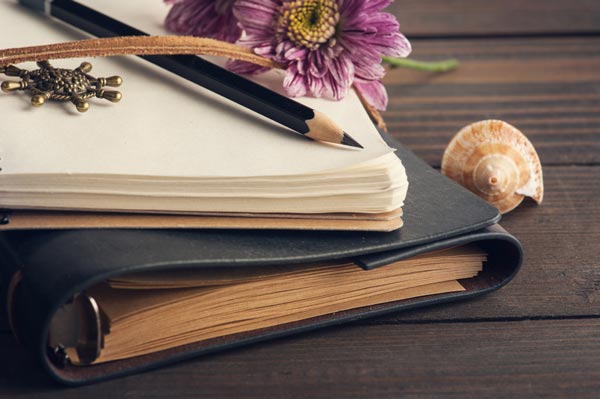Types of rhymes in poetry.
We’re all familiar with rhyming poems. After all, these are the first poems most of us encounter as children, from the delightful stories of Dr. Seuss to the hilarious poetry of Shel Silverstein.
People often think rhyming poems are rigid, conforming to strict meter and perfect rhymes at the end of every line, but within the world of rhyming, there is a lot of flexibility.
Let’s look at some of the types of rhymes that are available to poets and writers who craft stories in verse.
Types of Rhymes (adsbygoogle = window.adsbygoogle || []).push({});
Alliteration: The repetition of the sound of a letter, usually at the beginning of two or more words and also in stressed syllables (purple peonies, sad ballad).
Assonance: When a single vowel sound is used twice or more in close proximity, the effect is similar to a rhyme (caught walking). Assonance is a type of alliteration.
Consonance: When one consonant sound is used twice or more in close proximity, it renders an effect similar to a rhyme (blue bells). Consonance is a type of alliteration.
Eye rhyme (syllabic rhyme, tail rhyme):Two words that look like they rhyme but don’t sound the same (date, passionate). Eye rhymes were popular back when most poetry was experienced visually rather than audibly.
Forced rhyme: Using awkward or incorrect structuring of language to render a rhyme (I made a bet / A win I’ll get). This type of rhyme is best avoided.
Identical rhyme: Using the same word to make a rhyme, even if it’s a homophone (Turn up the bass / I arrived at the base). Identical rhymes are widely viewed as a lower form of rhyming.
Imperfect rhyme (slant rhyme, partial rhyme, near rhyme, oblique rhyme, half rhyme, etc.): Rhymes in which the sounds match but not exactly or perfectly (bag and mat).
Internal rhyme: Unlike the common end rhyme, at least one word of an internal rhyme occurs anywhere except the end of a line; one of the rhyming words can fall at the beginning of a line, but usually they are set in the middle of a line (The cat chased her tail / She’s fast-paced and spinning). Internal rhymes can also refer to two words that rhyme within a single line.
Mind rhyme: Suggesting a rhyme by leaving a word out, often used to avoid stating profanity (A handsome lad met a young miss / He desperately wanted to give her a…)
Pararhyme: All the consonants match in sound but the vowels do not (robot, rabbit).
Perfect rhyme (full rhyme, exact rhyme, true rhyme): Words that rhyme perfectly (mad and glad, rim and dim). Strictly speaking, the final stressed vowel and all sounds that follow it must be identical. The following are types of perfect rhymes:
Single: stress is on the final syllable in the rhyming words (engineer and career). Double: stress is on the penultimate (second to last) syllable in the rhyming words (understanding and demanding). Dactylic: stress is on the antepenultimate (third from last) syllable in the rhyming words.
Weak rhyme (unaccented rhyme): The rhyme occurs on at least one unaccented syllable (race, PILLowcase), not to be confused with a more general use of “weak rhyme” to refer to a rhyme that is lackluster.
Broken rhyme (split rhyme): A type of enjambment in which a word is divided at the line break to make a rhyme at the end of another line or to fill out the meter the the lines.
Benefits of Rhyming
Whether you’re working rhymes into your poetry or just experimenting with rhymes in order to learn more about language, there are many benefits to studying and practicing various types of rhymes, because doing so forces you to delve deeper into language.
Learning about rhymes enhances your vocabulary because you must search for the perfect word to make a rhyme. Rhyming also promotes musicality (rhythm and meter) in one’s writing. The practice of rhyming forces us to put our poetry under a microscope and view it critically, thus creating opportunities for us to improve our work. Rhyming is also an excellent tool for teaching youngsters about language in a fun and engaging way.
Do you write rhyming poetry? What types of rhymes do you favor in your lines and stanzas? Have you ever tried to write a rhyming story in the vein of Seuss or Shakespeare? Share your thoughts about rhyming and and experiences with rhymes by leaving a comment, and keep writing poetry!
Read more: writingforward.com

